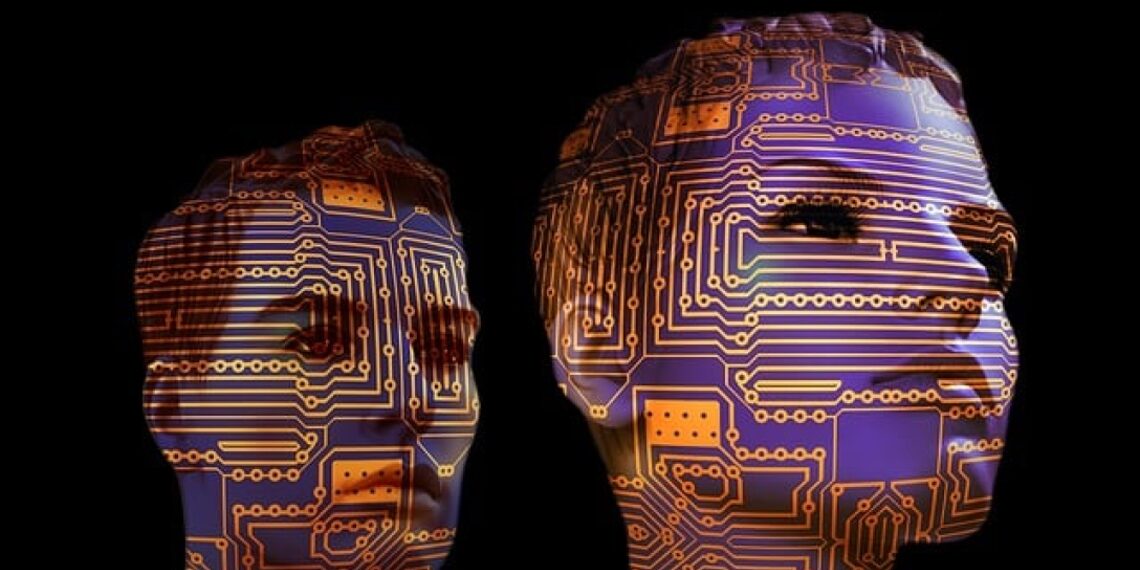Artificial Intelligence (AI) is a field of computer science focused on creating machines that can perform tasks like humans. These machines, such as robots and virtual assistants, mimic human behavior and find applications in various industries such as manufacturing, healthcare, education, and more.
Key AI adoption statistics for 2023:
- The global AI market reached $136.6 billion in 2022 and is projected to reach $1.81 trillion by 2023.
- Experts forecast a compound annual growth rate (CAGR) of 38.0% for the AI market from 2021 to 2030.
- Global AI adoption rate increased to 35% in 2023, a four-point increase from 2021.
- It is estimated that there will be 8 billion AI voice assistants by 2023.
- In the United States, there are approximately 66,000 Alexa inventory skills available.
- AI is expected to contribute $15.7 trillion to the world’s GDP by 2030.
- Businesses can achieve a potential 40% increase in productivity through AI.
- The number of AI business ventures has grown 14 times over the last two decades.
- Funding for AI ventures has increased six times since 2000.
- Currently, 77% of devices have at least one type of AI.
AI market and global impact statistics:.
- The Fourth Industrial Revolution, which includes AI, is expected to generate $7 trillion in value by 2025. Digital technology will contribute $4 trillion to this value.
- The global AI market is predicted to exceed half a trillion US dollars by 2024 and reach over $1.5 trillion by 2030.
- China’s GDP is projected to benefit from AI, contributing 26% by 2030. North America is estimated to gain 14.4% and the United Arab Emirates 13.5% from AI.
- Approximately 77% of businesses are currently involved with AI, with 35% already benefiting from its implementation and 42% exploring its potential.
The anticipated market size growth of AI from 2021 to 2030 is as follows: $87.04 billion in 2021, $119.78 billion in 2022, $164.99 billion in 2023, $227.46 billion in 2024, $313.86 billion in 2025, $433.46 billion in 2026, $500.17 billion in 2027, $828.97 billion in 2028, $1,147.93 billion in 2029, and $1,591.03 billion in 2030.
The adoption of AI is progressing rapidly in various sectors, including automobiles, healthcare, education, and more. AI is expected to become even more prevalent in the future, impacting employment and potentially replacing human roles with robots and technology. However, this transition is not projected to occur for another 50 years. The figures presented in this article demonstrate how AI is already affecting numerous aspects of our everyday lives and will continue to do so. From digital assistants improving daily tasks to AI gadgets boosting productivity, and from chatbots delivering exceptional customer experiences to marketers implementing AI trends for optimal returns on investment, the potential of AI is immense.
The whytry.ai article you just read is a brief synopsis; the original article can be found here: Read the Full Article…





